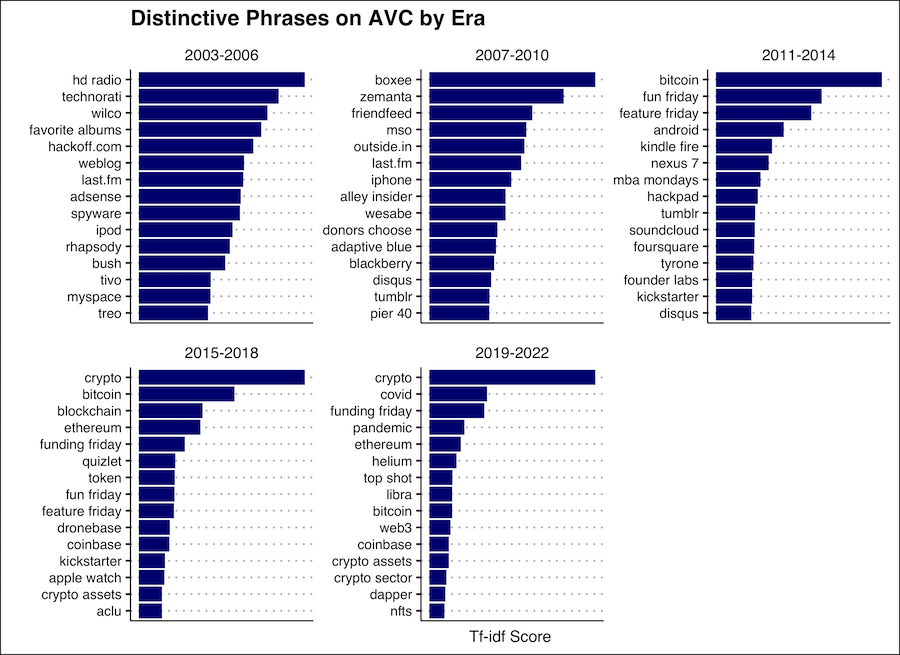In about a month, an important moment will happen in the world of crypto/web3. The Ethereum blockchain will move from a proof of work consensus mechanism to a proof of stake consensus mechanism. This event is known as “The Merge” in Ethereum land.
There are many reasons why this is an important moment for the world of crypto/web3, but to my mind the most important reasons are:
1/ The Merge reduces the carbon footprint of the Ethereum blockchain very significantly. No longer will miners be required to run large energy-intensive compute facilities to secure the Ethereum blockchain. There are many people out there who have serious concerns about web3 over environmental reasons. We can argue about that and have, but The Merge takes the concern off the table for the largest and most used smart contract blockchain. This is a big deal.
2/ The supply/demand balance of the Ethereum token will change dramatically. In a proof of work system, miners spend significant sums of money to run large energy-intensive compute facilities to secure the chain. They are rewarded with tokens (in Ethereum’s case, these are Ethereum tokens) and they must sell most of these tokens to pay their electric bills and hardware costs. In a proof of stake system, validators stake significant amounts of the base token (in Ethereum’s case, these are Ethereum tokens) and risk losing them if a bad transaction is validated. There is very little cost associated with staking so the tokens that are earned from staking are mostly held/re-staked instead of sold. I have seen a lot of estimates of how this shift will play out and my take is that Ethereum will move from a system that has roughly $20mm a day of structural outflows to a system that has roughly a half a million dollars a day of structural inflows. This shift in supply/demand will likely result in a very different dynamic for ETH/USDC, ETH/USD, and ETC/BTC (and other ETH pairs too) going forward.
3/ Proof of Stake systems (of which they are many in the market already like Solana, Avalanche, etc) are considered more secure because the likelihood of a 51% attack is much lower. I don’t plan to lay out the argument here, but suffice it to say that Ethereum is moving to a consensus mechanism that many consider to be more resistant to attack, making it even more secure than it has been.
There are some interesting side effects of this event. The current Ethereum proof of work blockchain will not go away. This chain, which many are calling ETH POW, could develop a community around it and live on and provide value to developers and others. This has already happened in the Bitcoin community a few times and once before in the Ethereum community. Holders of ETH at the time of The Merge will receive ETH POW tokens as a result of this fork. These ETH POW tokens could be worthless in time or worth a lot in time. There is really no way to know how ETH POW will develop.
The Merge is probably the most important change that a large scaled blockchain has ever undergone. It is not without risk and there is a chance that things will not go smoothly. The Ethereum core developers have been working on this effort for many years and have deployed many testnets and they are confident they can pull this off next month. The crypto/web3 world will be watching closely and I am rooting for them. I think this is a very important moment for the sector and that it will be very positive if things work as planned.
Disclosure: My family and USV have large holdings in ETH and other crypto assets and may continue to add to them in the coming weeks, months, and years.




